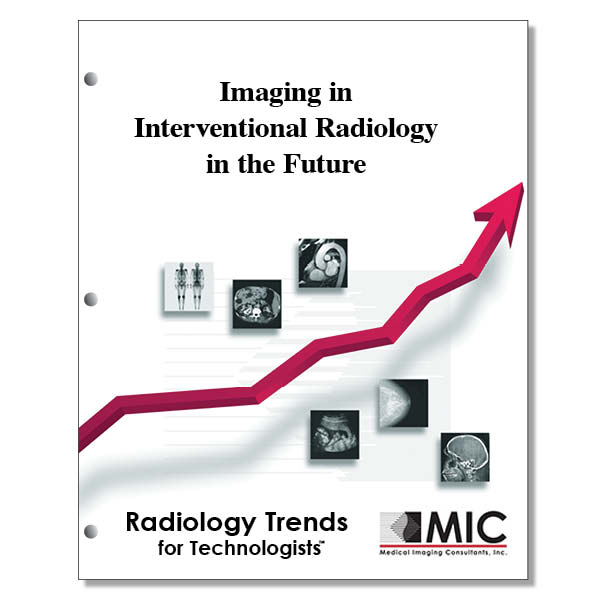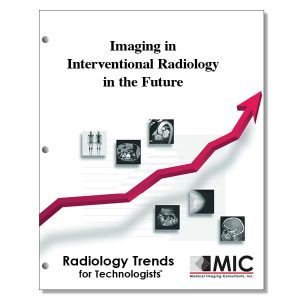

Imaging in Interventional Radiology in the Future
A review of major developments in imaging technology in IR over the past century, a look at the standard of care today, and a reflection on emerging advances that could shape the field of IR in the next century.
Course ID: Q00781 Category: Radiology Trends for Technologists Modalities: Cardiac Interventional, CT, MRI, PET, Radiography, RRA, Vascular Interventional2.25 |
Satisfaction Guarantee |
$24.00
- Targeted CE
- Outline
- Objectives
Targeted CE per ARRT’s Discipline, Category, and Subcategory classification:
[Note: Discipline-specific Targeted CE credits may be less than the total Category A credits approved for this course.]
Cardiac-Interventional Radiography: 0.50
Image Production: 0.50
Image Acquisition and Equipment: 0.50
Computed Tomography: 0.25
Procedures: 0.25
Abdomen and Pelvis: 0.25
Vascular-Interventional Radiography: 0.50
Image Production: 0.50
Image Acquisition and Equipment: 0.50
Outline
- Introduction
- Vignette: The Radiologist and Patient Experience in 2023
- The Evolution and Emergence of Interventional Radiology
- The State and Future of Imaging Technologies in IR
- X-ray Imaging in IR
- MRI in IR
- US Imaging in IR
- Molecular Imaging in IR
- Multimodality Imaging in IR
- Imaging Enabling Advanced Interventions
- Conclusion
- Vignette: The Radiologist and Patient Experience in 2043
Objectives
Upon completion of this course, students will:
- evaluate the expanded role of radiologists facilitated by medical imaging technology
- determine the role of radiologic technologists in CT-guided biopsy procedures
- identify key aspects of the paradigm shift in interventional radiologists’ practice
- recognize significant advancements in imaging technology
- identify the technology platforms currently used in IR
- determine the current features of fixed-room C-arms in the interventional suite
- analyze the evolution of helical CT scanners
- explore potential future advancements for C-arms
- evaluate the expected advancements in interventional CT scanners
- identify potential applications of AI in IR
- define the capability of generative AI in the context of medical imaging
- assess primary challenges in MRI-guided interventions
- determine innovations that have helped overcome challenges in MRI-guided procedures
- evaluate technology that has demonstrated major success in MRI-guided interventions
- identify characteristics of a mobile MRI unit
- assess how AI-assisted ultrasound imaging can improve interventional procedures
- predict how photoacoustic imaging will change IR
- determine potential uses of shear-wave ultrasound imaging for IR procedures
- identify common uses of molecular imaging in IR
- evaluate how real-time interventional PET/CT can help in IR procedures
- identify pervasive imaging modalities in modern standard of care
- determine a key advantage of hybrid room configurations in IR
- assess the potential value of hybrid suites in medical centers
- identify a technological advancement that has enabled more accurate evaluation of changes in tumors and normal tissue over time
- evaluate how advanced imaging technologies contribute to the emergence of experimental therapeutics
- determine how robots are currently used in IR
- assess the potential impact of AI on IR beyond image acquisition and reconstruction
- identify potential areas for interdisciplinary or multidisciplinary coordinated care involving IR
- hypothesize how a radiologist might determine the optimal freeze and thaw duration times during a cryoablation procedure
